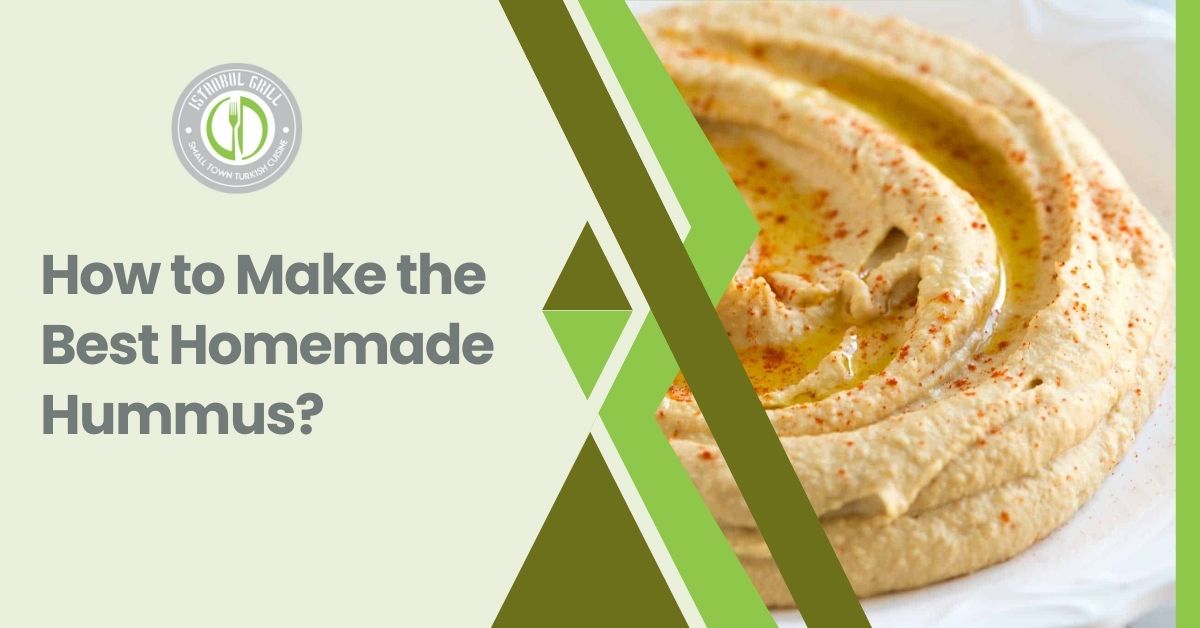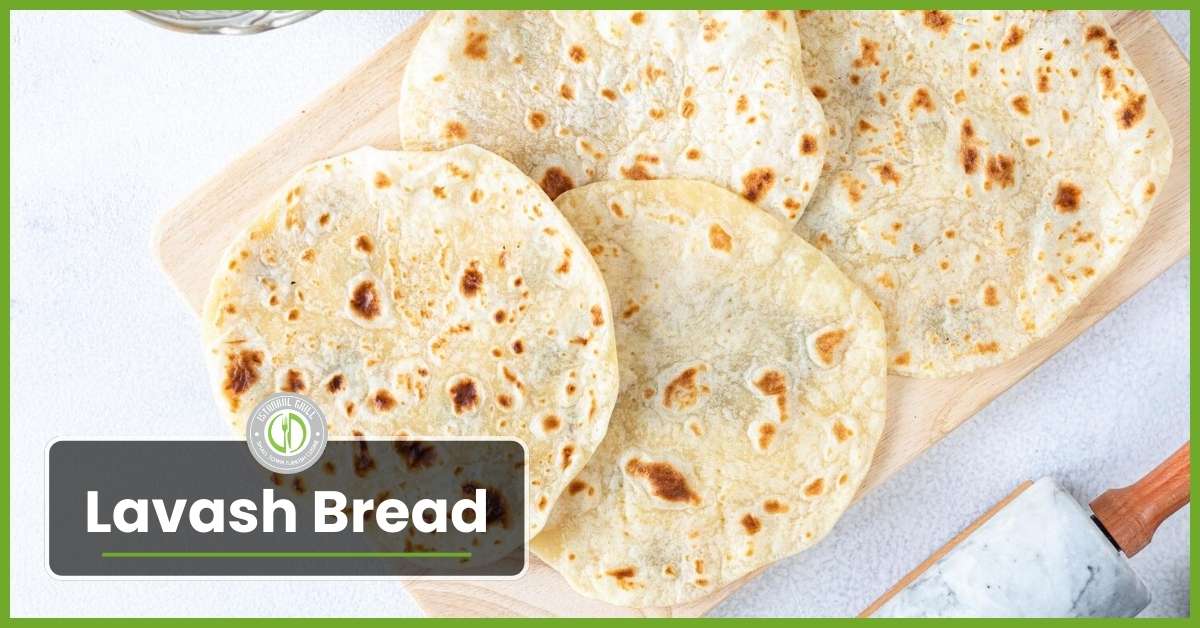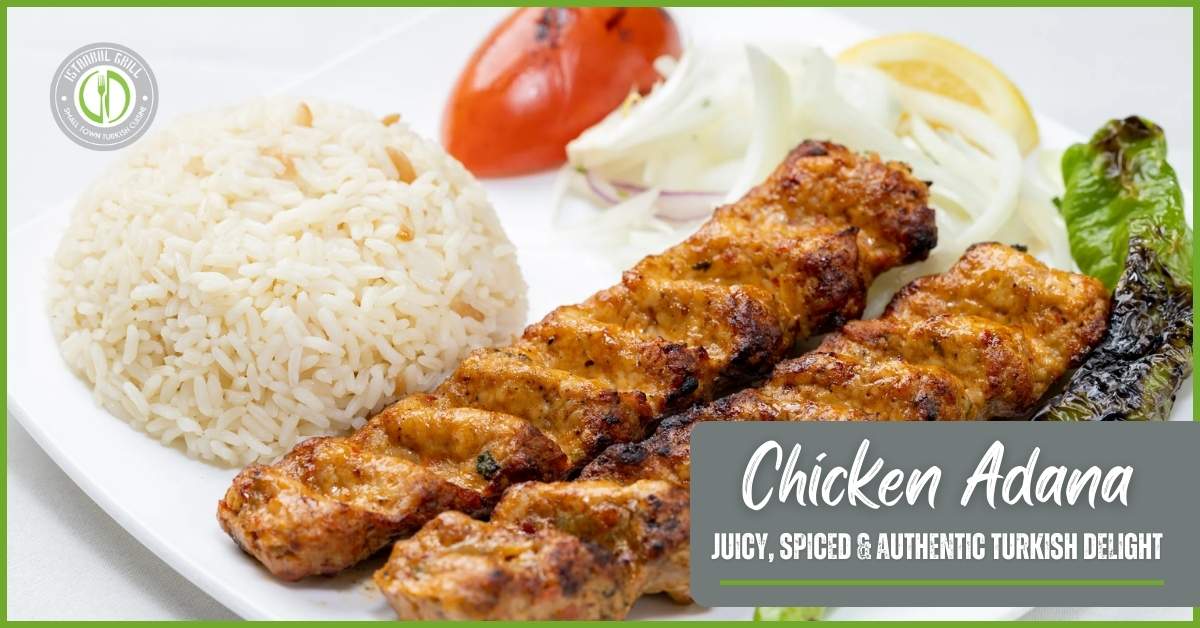Best Homemade Hummus
Table of Contents
- Introduction
- What Are the Essential Ingredients in a Classic Hummus Recipe?
- How Do You Make Hummus from Scratch at Home?
- Is Homemade Hummus Healthier Than Store-Bought Options?
- Can You Freeze Hummus for Later Use?
- Frequently Asked Questions
Introduction of Best Homemade Hummus
“Ready to make the creamiest, healthiest hummus at home? Let’s dive in!”
The Middle Eastern staple has now become famous as a dip universally the world over, but its origin goes back centuries. Chefs simply blend chickpeas, tahini, lemon juice, minced garlic, and olive oil in these recipes, although they may throw in parsley or pine nuts. All together these components sound quite straightforward yet how all blend ensures they provide a thick, slightly dense paste that is perfect for everything starting from fresh vegetables and pockets to salads and sandwiches.
When you prepare homemade hummus, you are sure that the food you are consuming does not consist of many preservatives when you prepare the food yourself. Besides, when prepared from scratch it is also a very versatile food chain. You can prepare them to be as smooth, spicy, sour, or whatever you feel they should be. You can incorporate one more teaspoon of garlic, sprinkle a little of that Spanish Smoked Paprika on the mixture, or even mash some roasted red peppers with the beans. I can recommend making a great healthy homemade hummus, it takes about five minutes to make a batch, and it is so much better than in the shops.
Here, in this article, you will come across all the main points and techniques regarding how to make great homemade authentic hummus. This is the ultimate guide to homemade hummus: from the ingredients used to prepare the basic elements or the recipe to why homemade is way better than anything bought at a store. Here is what we have come up with as a strong and delicious hummus experience awaiting kick-off!
What are the Peculiar Characteristics of a Standard Hummus Recipe?
Hummus preparation is simply about proportioning a few important constituents that define this dip’s palatability and feel. Here’s a breakdown of what goes into a classic hummus recipe:
Chickpeas (Garbanzo Beans)
Chickpeas are the main ingredient that defines the typical hummus dish. Hummus made from these small, round beans is a good source of protein and fiber and can adequately fill you up. While canned chickpeas are perfectly acceptable, home-cooked, soaked dried chickpeas are better as they provide a smoother puree. When using canned chickpeas, the same should be rinsed to get rid of excess sodium.
Tahini
Tahini is a ground sesame seeds paste, and it gives a natural distinctive taste of nuts to the hummus. Quality tahini should be free-flowing and slightly liquid in consistency and the taste should be nondescript. Hummus is also a well-known source of healthy fats, calcium, and antioxidants, which augurs well for health.
Fresh Garlic
Garlic makes hummus a little spicy while enriching its aroma with the taste of chickpeas. The best thing about it is that you can add as much as you desire depending on its taste. Some folks just like their garlic taste to be mild, while others give their dishes a garlic boost. Ideally, use fresh garlic but roasted also fine but not as potent in taste as the fresh garlic.
Lemon Juice
The direct contribution of lemon juice is useful in enhancing the acidic feature of the hummus and depart the deep-shaded taste of the chickpeas and the tahini grit. Freshly squeezed lemon juice should always be used to make hummus taste fresh and natural.
Olive Oil
They get this rich creamy taste from olive oil and that rich fruity flavor that you get from the olive oil. A little olive oil is incorporated into the hummus preparation process, but a little more can be poured on top of the mixture before serving.
Salt and Spices
Add the salt and stir, the salt gives a boost to all the other flavors in the hummus. You can also such spices as cumin or paprika to the soup to enhance its taste. To this, cumin brings warmth and a small pinch of smoked paprika a whiff of smoke.
Just these few basic elements mix well to give out the best hummus. However, what we are going to show you can be easily modified with roasted red peppers, sun-dried tomatoes, or herbs to make ‘your’ recipe as unique as you are.
How do you prepare hummus from scratch at home?
When it comes to making hummus, there is absolutely no need to complicate things, and very few special tools are required. Here’s a step-by-step guide to making perfect hummus at home:
1. Prepare the Chickpeas
If using dried chickpeas, to prepare them for blending, the chickpeas must be soaked and cooked until soft the following day. This will give you a smoother hummus, and a sweeter taste, and helps to remove any excess foam that you may wish to avoid in your hummus.
2. Blend the Ingredients
In a food processor put the chickpeas, tahini, lemon juice, garlic, and a pinch of salt. Begin to mix and slowly pour cold water into it. Use cold water to gain a fluffy light texture, gradually blending the water into the hummus until the right texture is attained. Mix and combine until thick and smooth.
3. Adjust the Seasoning
Take a bite of the hummus and add more salt, lemon juice, or garlic to your preferred taste. This step enables one to control the kind of taste that he or she desires to have in his/her product. If you want a little more kick to this soup, you can also add a pinch of cumin or paprika.
4. Serve and Garnish
Pour the hummus into a different plate, pour olive oil, and then dust with paprika or mince parsley. It gives it a bit of color and makes the hummus on the packaging as appealing as possible.
5. Store Properly
Transfer the homemade hummus to an airtight jar and refrigerate it is the best place to store the hummus. It is enough for up to a week, though, more than likely, you will be done with the product much sooner than that.
Is homemade hummus better for my health than store-bought hummus?
Therefore, homemade hummus is better for consumption unlike the one found in the supermarkets for the following reasons. Here’s why making hummus at home can be a better choice for your health:
Control Over Ingredients
It makes sense to point out that when you make hummus by yourself, you adjust what goes into it. Many packaged commercial hummuses retain preservatives, added salt, or other processing aids to enhance the product’s shelf-life. If you prepare it at home, then it will be fresh and less adulterated.
Less Fat, Sugar, and Calories, Fewer Taxes
Unfortunately, most store-bought brands contain extra oils and sodium for taste and consistency. In contrast, you can make homemade hummus without excessive amounts of salt and only enough olive oil to make it creamy: therefore, the hummus you prepare is much lower in calories and sodium.
Better Quality Oils
That is because when you prepare the hummus at home you have an opportunity to use the finest olive oil you can afford, whereas in a commercial context, they use canola or soybean oil. Extra-virgin olive oil gives healthy fats and antioxidants into the homemade hummus that can prevent heart disease and deal with inflammation.
Tailored to Your Dietary Needs
In this recipe, the preparation of homemade hummus gives you the flexibility of choosing the type of tahini you would like to use, the amount of salt you want to incorporate into your recipe, or even the type of organic or non-organic ingredients you would like to use in making hummus.
As mentioned, making hummus at home is easy and ensures that you get to have a healthier dip that you would not regret choking down on. You know it is less processed, tastes better and half the time is healthier than the ones bought at stores.
How to Freeze Hummus?
Pour the hummus into a resealable, freezer-safe plastic bag while leaving a little free area since the hummus will expand during freezing. Seal the container well with a lid, or rather put a lid on the container and if the container does not have a lid, cover it with the plastic wrap.
- Grab the Best Freezing Tips for Juicy and Tender Meat
To get the most out of it, apply freezing options in portion sizes to the hummus. This means that whenever you need a batch to thaw, you are Sure you’re not going to defrost and then freeze the same batch repeatedly. You also transfer the hummus into smaller containers such as ice cube trays for each serving to be easier to manage. - Thawing and Reheating
Before consuming your frozen hummus, transfer the food to the fridge to defrost for a couple of hours or till the next day. If refrigerated, stir it well when returned to the usage temperature. Shaking the mixture may alter the texture a little bit but brings part of the creaminess back through stirring. If you want to thin out the glaze at all, it’s best to do this by stirring in a little olive oil or water at this point.
How Freezing Affects the Flavor and Texture?
Freezing and defrosting slightly alter the texture of hummus, but this does not affect the taste. If you apply the hummus as a cover or untold, then the change after mixing would be insignificantly small. However, it is important to note that some toppings do not freeze well, so you should add the herb when serving. Freezing hummus can be quite useful when you want to enjoy this delicious dish as a dip at any time. Just make sure to stir it well after thawing to get the same creamy, delicious feel that you are used to.
Frequently Asked Questions
What is this food and what is inside it?
Some Middle Eastern dips include Hummus which is made from chickpeas, tahini, lemon juice, garlic, and olive oil. It has protein fiber and healthy fats The above legumes also contain protein fiber and healthful fats.
Why is hummus good for you, and what does it contain?
Yes, it would be obvious, but let me make it very clear that, indeed, hummus is nutritious. This one is full of plant estrogens and good fibers, which reduce the incidence of heart diseases, and good omega-3 fats to boot, which help maintain fullness.
How is freezing the hummus and does it alter the flavor of it?
Of course, hummus is best when fresh, but yes it does freeze well. It tastes perfect, but it would probably require you to stir it to return it to the right consistency after it has unfrozen.
What can I do to have a better hummus texture than my homemade one?
For a better mouth feel, skin the chickpeas or blend in ice-cold water with the other ingredients. This trick contributes to the preparation of a lighter and smoother hummus being prepared.






